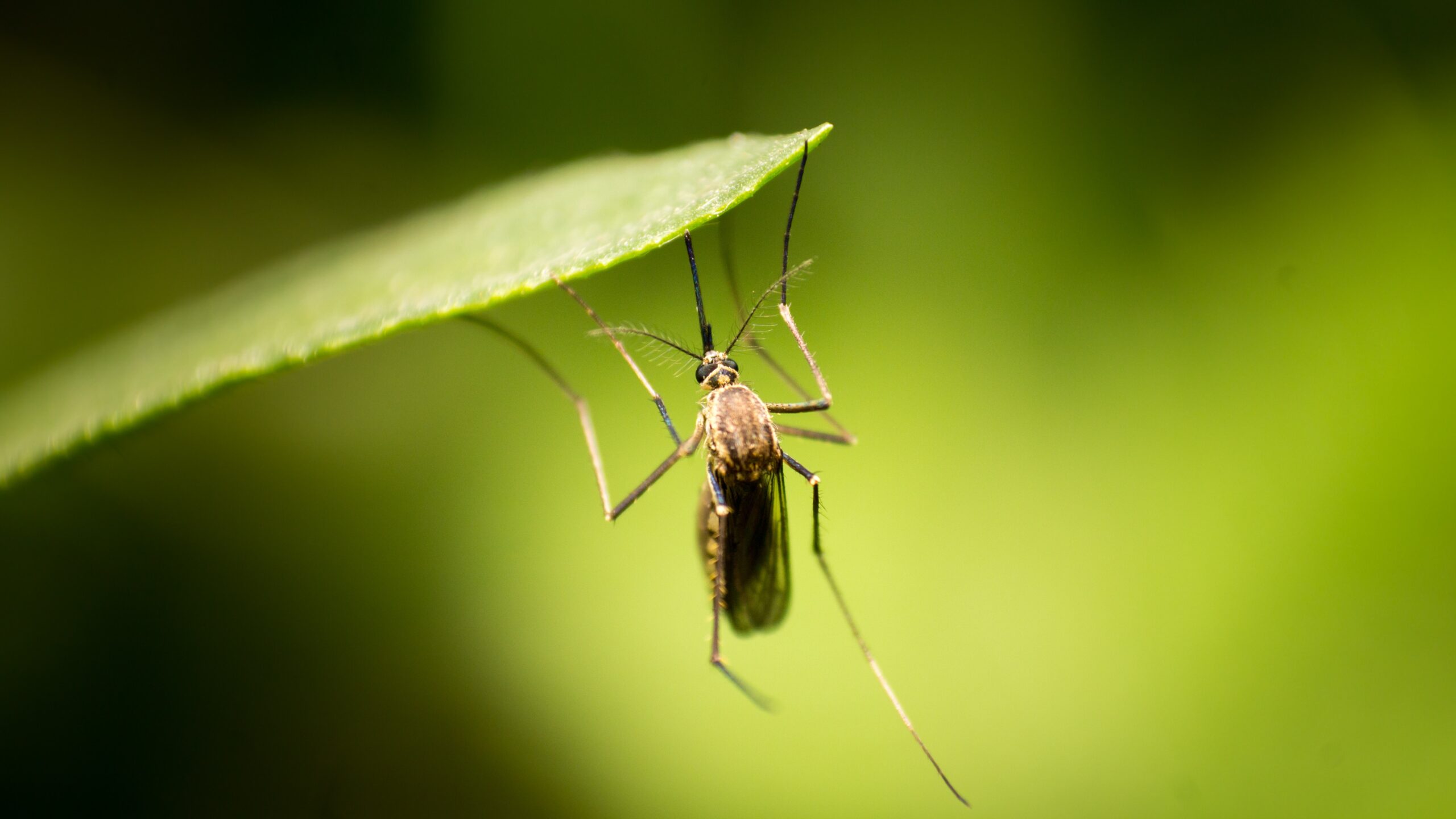Let’s embark on an exploration into the intriguing world of mosquitoes, those tiny, buzzing insects that often leave us scratching our heads (and our skin!). Unbeknownst to many, these pesky creatures possess captivating secrets that will both amaze and intrigue you. Join me as we unravel five fascinating facts about mosquitoes, shedding light on their incredible diversity and unique behaviors.
- A World of Mosquito Species:
Did you know that there are over 3,500 different species of mosquitoes across the globe? Although not all of them bother us humans, each species plays a distinct role in our ecosystems. Only a small fraction of these mosquitoes are considered pests, capable of transmitting diseases. Understanding the various species aids researchers in developing effective control strategies and enhances our knowledge of their impact on wildlife and human health.
- Females on a Blood Quest:
When it comes to blood meals, it’s the female mosquitoes that take the lead. They require the proteins found in blood to nurture their eggs. Males, on the other hand, prefer a vegetarian diet, sipping nectar and other sweet plant juices. Female mosquitoes have evolved a specialized mouthpart called a proboscis, enabling them to pierce our skin. Their saliva contains anticoagulant compounds, preventing blood from clotting and facilitating their feeding process.
- The Serenade of Attraction:
Ever wondered how mosquitoes find us from afar? Surprisingly, sound plays a significant role in their pursuit. Female mosquitoes are drawn to potential hosts by a combination of factors, including body heat, carbon dioxide we exhale, and the unique odors emitted by our skin. They can sense these cues from up to 100 feet away. Once they’ve pinpointed a target, their distinctive high-pitched buzzing sound announces their presence.
- Water: The Mosquito Breeding Ground:
Mosquitoes have an intriguing life cycle that starts in water. Females lay their eggs in standing water or areas prone to flooding, such as ponds, marshes, or even discarded containers. The eggs hatch into larvae, adorably known as wrigglers, which live in the water and feed on organic matter. After several molts, they transform into pupae, aptly named tumblers, before finally emerging as adult mosquitoes. Removing stagnant water sources is vital in controlling mosquito populations.
- Unveiling Mosquitoes’ Ecological Role:
Despite their bothersome nature, mosquitoes play a crucial role in ecosystems. As adults, they act as pollinators, aiding in the reproduction of plants. Their larvae also serve as filter feeders, consuming organic debris and microorganisms in water bodies, contributing to nutrient recycling. Additionally, mosquito larvae serve as a vital food source for fish, frogs, dragonflies, and other aquatic creatures. Balancing mosquito control with ecological preservation is key for maintaining a harmonious environment.
Mosquitoes, with their uncanny ability to annoy and transmit diseases, have always been a subject of fascination. However, beneath their bothersome reputation lies a realm of captivating facts, ranging from their vast species diversity to their water-dependent life cycle and ecological significance. By unraveling these intriguing aspects of mosquitoes, we gain a greater understanding of the intricate web of life in which we all exist.

